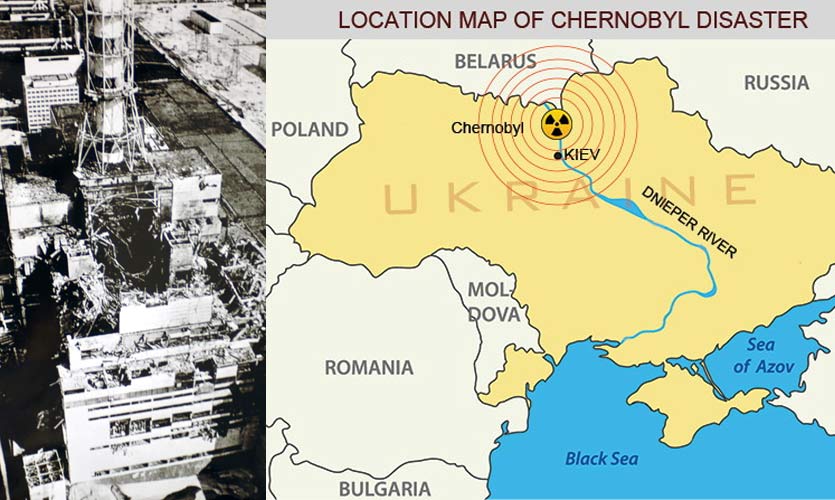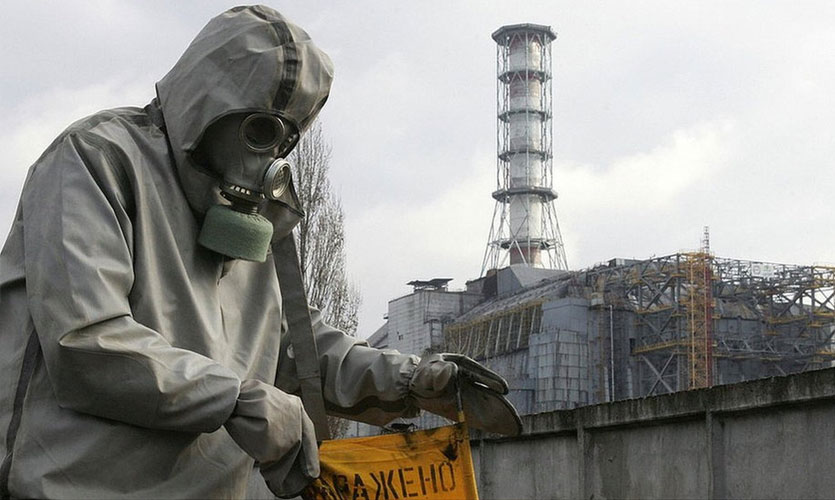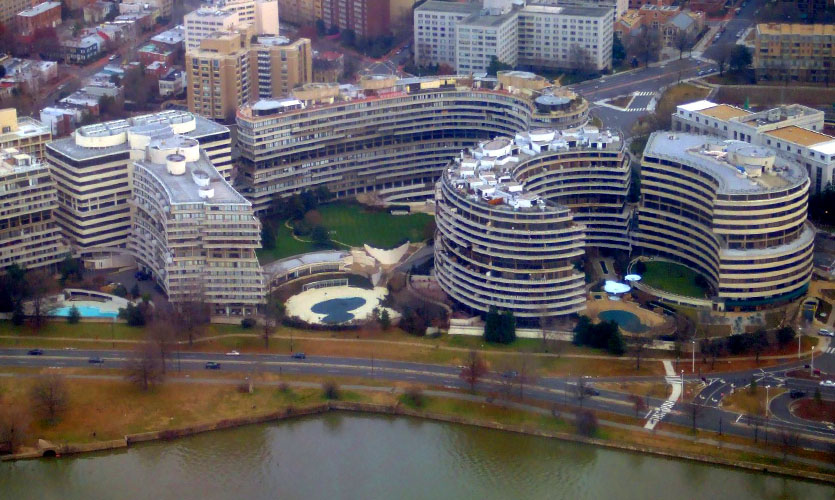On February 24, Russian and Ukrainian forces struggled for control of Chernobyl, the still-radioactive site of the world’s worst nuclear catastrophe, which contributed to the Soviet Union’s demise.
“Our defenders are giving their lives so that the tragedy of 1986 will not be repeated,” Ukrainian President Volodymyr Zelensky tweeted shortly before Russian forces took the decommissioned nuclear power station. Why would Russia pick a radioactive wasteland as one of its first targets in Ukraine?
While the exact answer may be known only to top officials in Moscow, the location is on the shortest path between Belarus and Kyiv, Ukraine’s capital, and hence, runs along a natural line of assault for the Russian forces invading Ukraine.
Chernobyl is just about ten kilometres from Ukraine’s border with Belarus, a Russian ally where Moscow has been amassing soldiers in preparation for the invasion. It’s roughly a 128-kilometre straight shot south to Kyiv from there.
The path from Belarus to Kyiv through Chernobyl may be especially tempting to Russian military strategists since it allows them to cross the Dnieper River in Belarus, avoiding a potentially dangerous crossing of the key river that bifurcates Ukraine behind enemy lines.

The 2,600-square kilometre “exclusion zone” that has been established around the wrecked reactor at Chernobyl, and the surrounding abandoned settlement of Pripyat where workers have spent years meticulously dismantling the former power plant and cleaning up radioactive trash are additional reasons for Russia’s interest.
As per experts, the security there is also much weaker than at other points along Ukraine’s international borders, making it a primary target.
A Russian military source told the news agency Reuters that the seizure of Chernobyl may potentially be viewed by Russian President Vladimir Putin as a warning to the West and NATO to not to interfere with his plans. According to analysts, the Russians also want to guarantee that nuclear safeguards are in place, and that they are not held liable for any incidents. However, on February 27, Putin put Russia’s nuclear deterrent forces on high alert.
Analysts also said that Russia will not allow Ukrainians the opportunity to blow up the damaged reactor number four (which blew up in 1986) as a defensive deterrent to pollute the adjacent territories in order to block the Russian military’s quick advance.
Jack Keane, a former chief of the US Army, identified the route as one of the four ‘axes’ that the Russian forces have used to invade Ukraine; the others are a second vector from Belarus, an advance south into the Ukrainian city of Kharkiv, and a push north out of Russian-controlled Crimea to the city of Kherson.
The combined offensives were the most devastating attacks on a European state since World War II.
Read more: What Will Be The Impact Of The Russia-Ukraine Tension On Crude Oil and Trade?
The fourth reactor at Chernobyl, located 108 kilometres north of Kyiv, exploded in April 1986 after a failed safety test, sending clouds of radiation billowing across most of Europe and reaching the eastern United States.
Radioactive strontium, caesium, and plutonium mostly impacted Ukraine and neighbouring Belarus, as well as sections of Russia and Europe. Estimates for the number of direct and indirect deaths caused by the accident range in the hundreds, with up to 93,000 more cancer deaths globally.
The tragedy was first covered up by Soviet officials, who did not immediately acknowledge the explosion, hurting the reputation of reforming Soviet leader Mikhail Gorbachev and his “glasnost” plans for more transparency in Soviet society. The disaster was seen as having contributed significantly to the Soviet Union’s collapse a few years later.
Within six months after the tragedy, a makeshift cover, or “sarcophagus”, was constructed to cover the crippled reactor and protect the surrounding environment from radiation. In November 2016, a “New Safe Confinement” was constructed above the existing sarcophagus.
Ukraine’s four active nuclear power plants are operating securely, and no “destruction” has occurred at the residual waste and other sites at Chernobyl, according to the UN nuclear watchdog that cited Ukraine’s nuclear regulator – the State Nuclear Regulatory Inspectorate of Ukraine.










